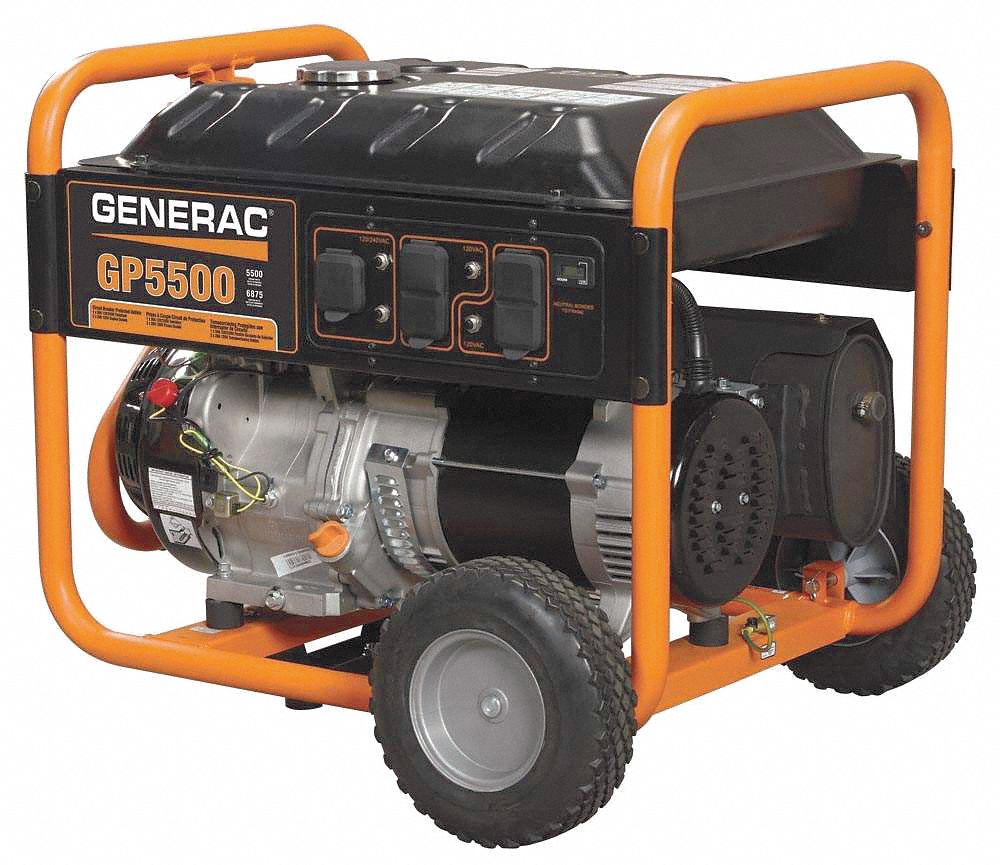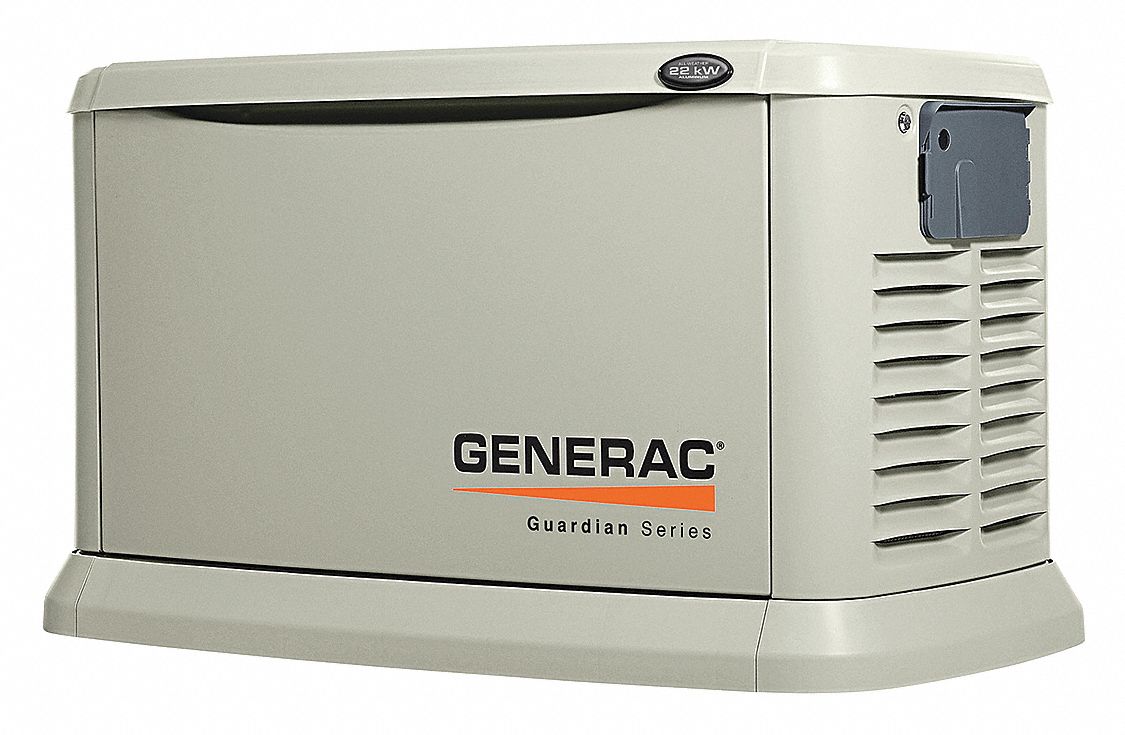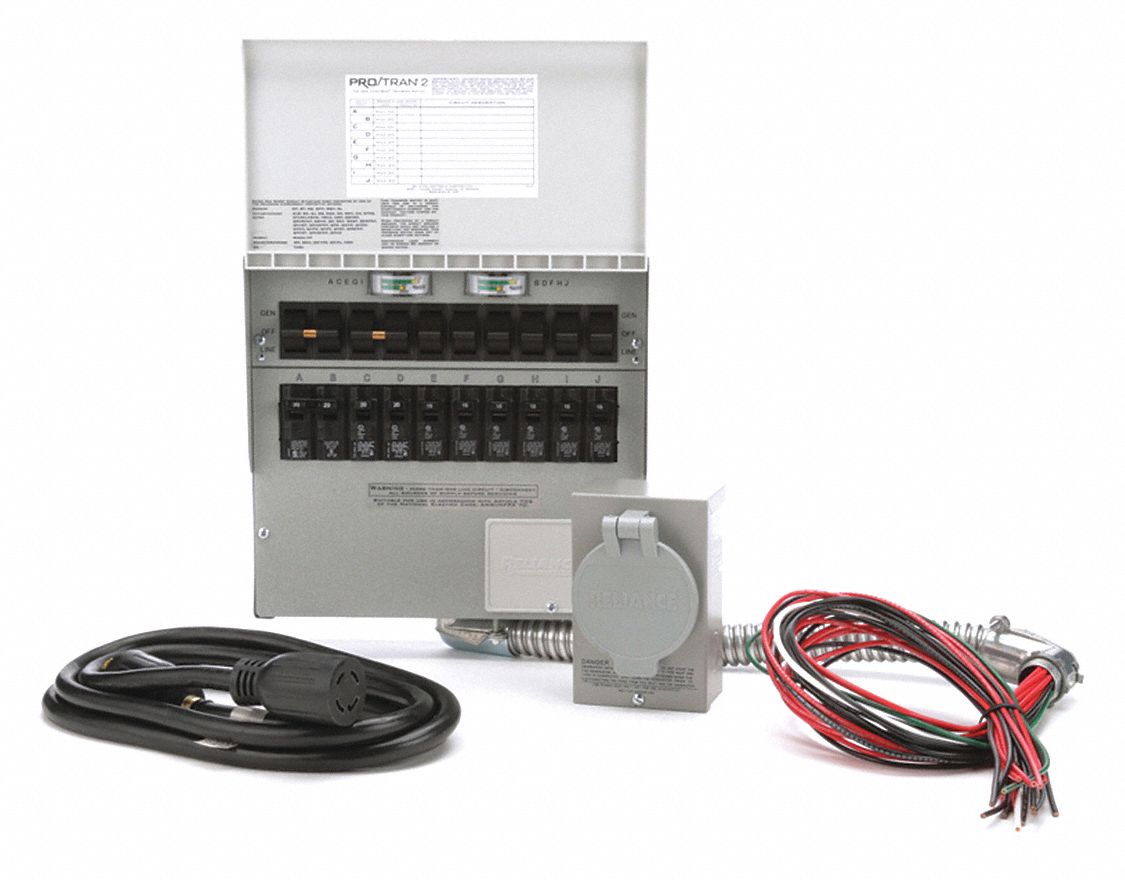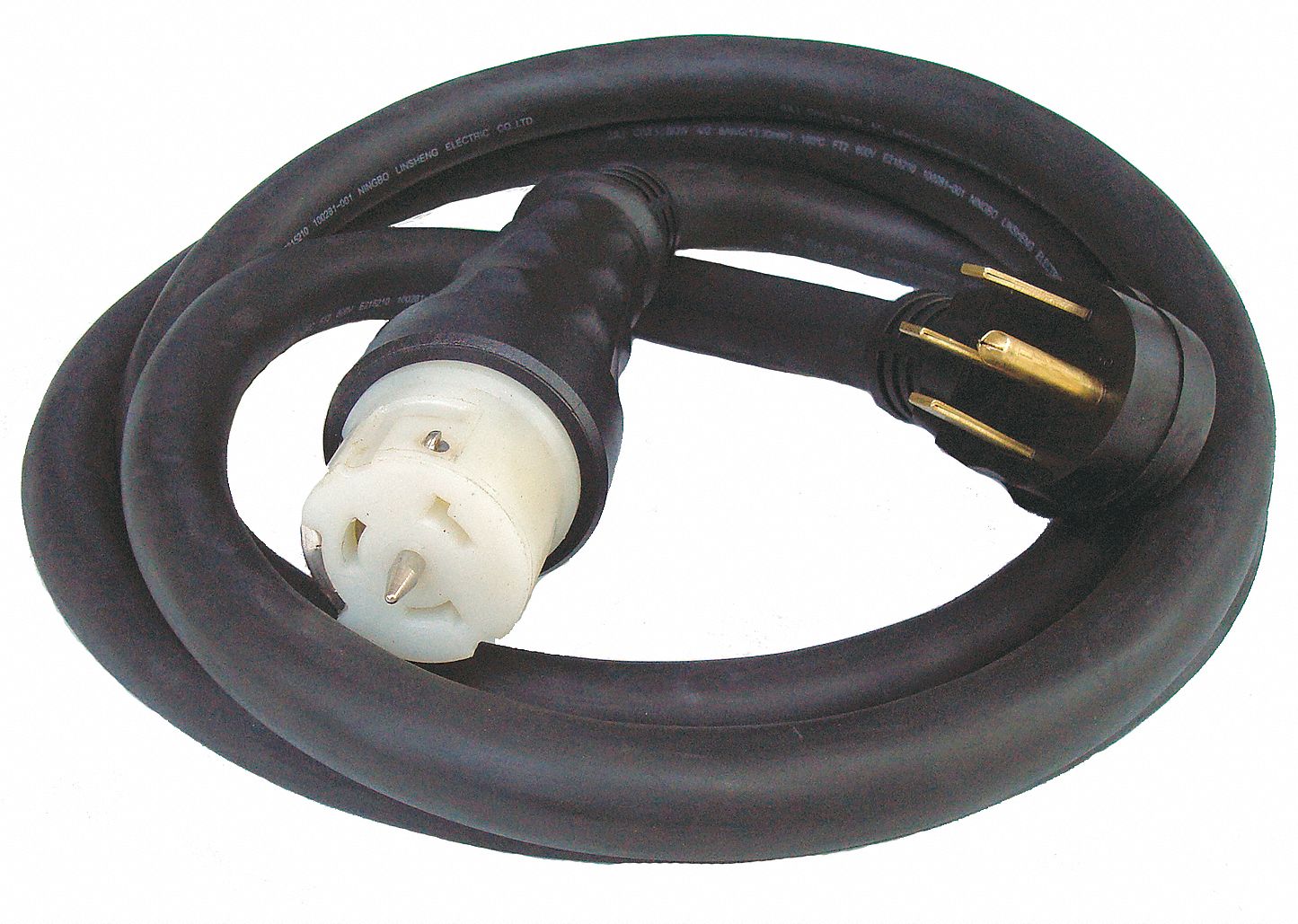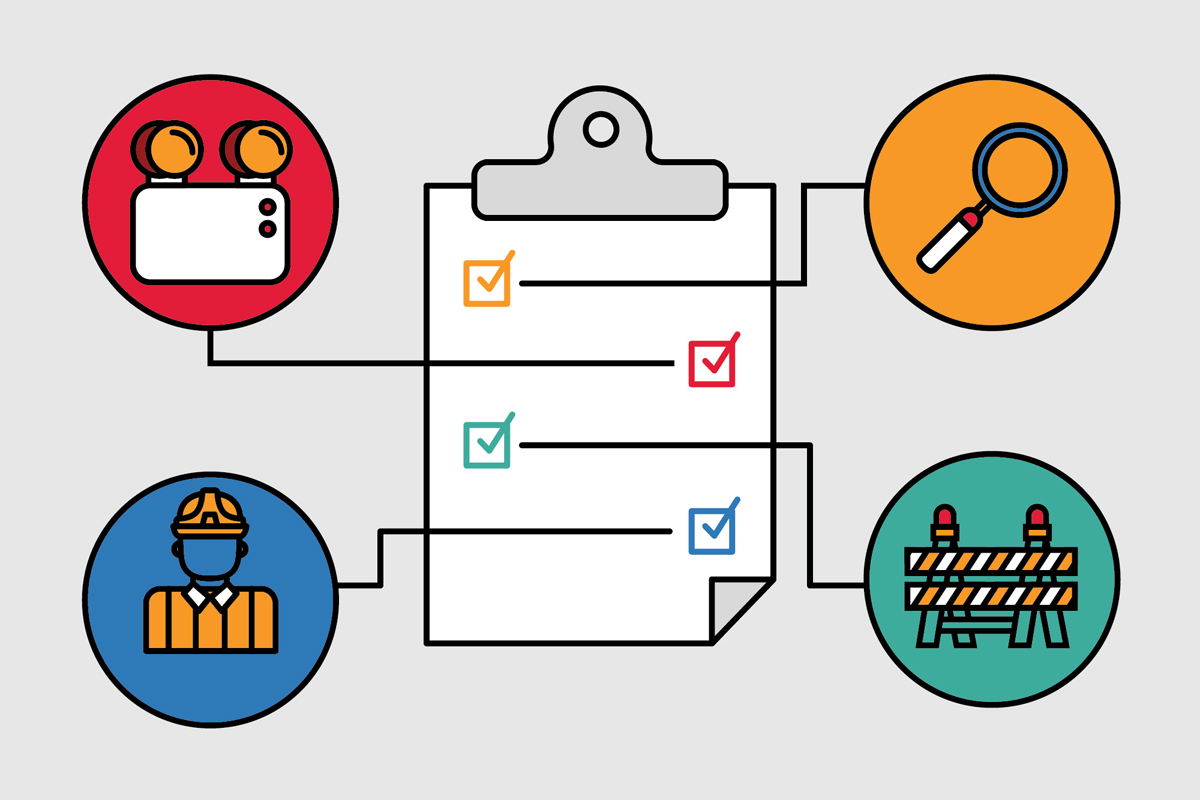

Emergency Management Phase 1: Mitigation Planning Checklists
By Grainger Editorial Staff 5/6/21


What Is Mitigation?
A mitigation strategy focuses on lessening the impact or preventing the causes of emergencies within your facility. This includes conducting regular inspections alongside stocking the right supplies and monitoring any hazardous materials. According to Ready.gov, conducting a risk assessment and creating an emergency response plan before an emergency can help save lives and reduce time to response.
Also In This Series: Phase 2: Preparedness Checklist | Phase 3: Response Checklist | Phase 4: Recovery Checklist
Review these checklists to see if your employees are taking on the right tasks to help avoid or reduce the impact an emergency can have on your facility.
Regular Inspections Checklist
- Are your facilities' windows, doors and roofs regularly inspected?
- Are critical life safety systems such as fire alarms and sprinklers regularly inspected?
- Are all areas of the facility inspected for compliance with local, state and federal regulations?
- Is response equipment, such as generators and emergency lights, regularly inspected and tested?
Emergency Response Checklist
- Are emergency response products regularly inspected and stored in accessible locations including supplies for spills, medical emergencies and leaks?
- Has a person or team been assigned to ensure that emergency response products are stocked?
- Have you identified areas of your facility for emergency operations and sheltering in place?
- Are contractors and public emergency services needed for response identified in your plan?
Hazardous Materials Checklists
- Does your emergency plan include risks posed by hazardous materials on-site?
- Are all hazardous materials on-site listed in your plan, along with chemical data sheets and information on potential health hazards?
- Are employees properly trained before an emergency to handle and respond to a hazardous material incident?
- Do employees not trained to respond to a chemical emergency know where to go should a hazard occur?
Please note this list is not comprehensive of all of the steps you may need to take to mitigate emergencies, but each question can and should be answered as part of your mitigation strategy plan.
Check out these resources for other ways to stay prepared in the event of an emergency.
![]()
The information contained in this article is intended for general information purposes only and is based on information available as of the initial date of publication. No representation is made that the information or references are complete or remain current. This article is not a substitute for review of current applicable government regulations, industry standards, or other standards specific to your business and/or activities and should not be construed as legal advice or opinion. Readers with specific questions should refer to the applicable standards or consult with an attorney.

